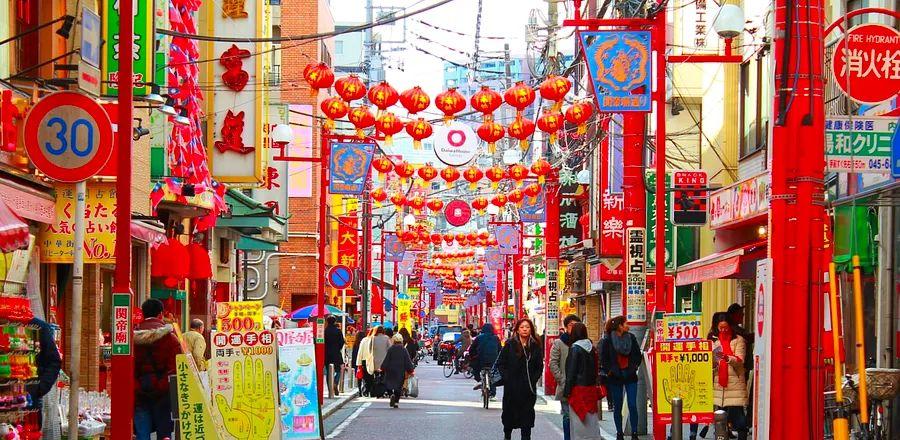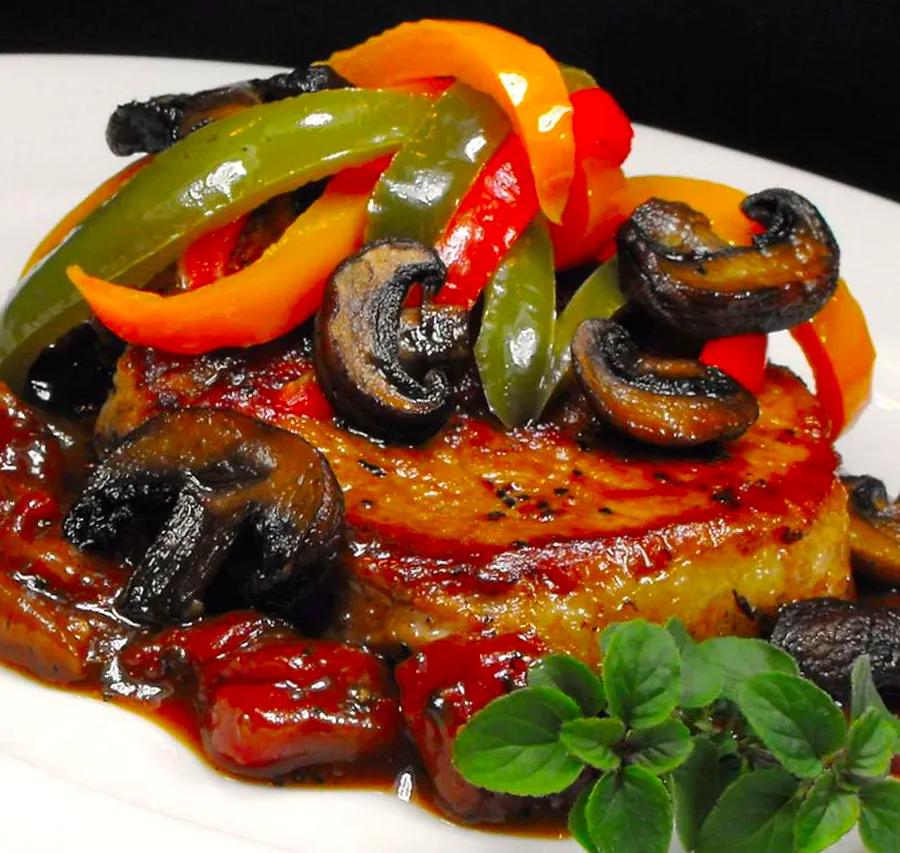From Paris to Johannesburg: 5 Chinatowns Around the World Worth Visiting

While San Francisco and New York City boast some of the most renowned Chinatowns in the United States, the phenomenon extends far beyond American borders. With around 50 million ethnically Chinese individuals living outside of China today, Chinatowns can be found in major cities worldwide, each reflecting its own unique traditions and a history deeply connected to the local culture.
In the mid-1800s, a period marked by significant political and social upheaval in China, thousands of Chinese men left their homeland, leading to the establishment of many Chinatowns globally. The Qing Dynasty, which ruled from 1644 to 1911, faced numerous internal rebellions while dealing with the aftermath of the Opium Wars with Britain. This tumultuous time was characterized by governmental corruption, widespread famine, and economic distress.
Most of those who emigrated during this era were young men. Due to tradition and custom, the first-born son inherited the majority of family wealth, leaving little for his younger siblings. Many sought opportunities in distant lands, hoping to strike it rich in gold fields near San Francisco or Melbourne, or to find work in European colonies, all while supporting their families back home. These individuals carried their history, culture, and, notably, their culinary traditions, establishing Chinatowns around the world.
From Australia to South America, every city has a vibrant, red lantern-lit street waiting to be explored.

Photo by Mark Pitt Images/Shutterstock
Lima, Peru
Although this neighborhood currently occupies only two blocks on Jirón Ucayali in downtown Lima, it is recognized as one of the oldest Chinatowns in Latin America. Following the abolition of slavery in Peru in 1854, over 100,000 Chinese indentured laborers were brought in between 1849 and 1874 to support the sugar and cotton industries. Tragically, more than half of these laborers lost their lives due to exhaustion, mistreatment, or suicide.
After finishing their labor contracts, many Chinese men (with Chinese women constituting less than 1 percent of the local population by 1860) migrated to Lima, where they settled, married local women, and opened chifas—a term derived from the Chinese phrase “chī fàn,” meaning “to eat.” Chifa encompasses both Chinese restaurants and a delightful fusion of Peruvian and Chinese cuisine. Signature dishes include lomo saltado (stir-fried beef), arroz chaufa (Chinese-style fried rice), and sopa wantán (wonton soup).
Unfortunately, Lima’s Barrio Chino suffered extensive damage during the late 19th-century War of the Pacific due to invading Chilean troops. It fell into disrepair and wouldn't fully recover until the late 1990s. Today, the Barrio Chino is adorned with over 30,000 red bricks, providing visitors with a chance to savor authentic chifa dishes alongside traditional Chinese cuisine.

Photo by CatherineLProd/Shutterstock
Paris, France
There are actually three Quartiers Chinois in Paris. The original, and smallest, is situated in the 3rd arrondissement around Rue au Maire. The more prominent ones include one in the 20th arrondissement, which has a predominantly Chinese population, and another well-known area in the 13th arrondissement, primarily inhabited by individuals of Chinese and Vietnamese descent who fled Vietnam, Laos, Cambodia, and other Southeast Asian nations during and after the Vietnam War.
In contrast to other Chinatowns adorned with grand gateways, imperial-style decorations, and hip-and-gable roofs, the Chinatowns in Paris are more understated in their architectural appeal. Instead of creating their own unique structures, the Chinese communities in Paris utilized the existing European-style buildings. While they may lack iconic landmarks, these neighborhoods are rich with Buddhist temples, supermarkets, and a variety of delicious options like pho, stir-fried noodles, and dumplings.

Photo by Richie Chan/Shutterstock
Yokohama, Japan
As Japan’s second-largest city, with a vibrant population of nearly 3.8 million, Yokohama boasts the largest Chinatown in the country. Following the end of sakoku (a policy of isolation that included a near-total ban on international trade) in 1859, Yokohama became the first Japanese port to welcome foreign traders. Soon after, enterprising merchants from Hong Kong and Shanghai began to settle and establish businesses in the city.
Today, four intricately designed paifang (gateways) welcome visitors to Yokohama’s Chinatown. The area is vibrant and bustling, filled with shoppers exploring around 250 stores that offer auspicious trinkets, elegant qipao dresses, herbal remedies, and chūka, also known as Japanese Chinese cuisine. Popular chūka dishes include gyoza, manju (steamed buns filled with meat), and chāshū (sweet barbecued pork). Be sure to visit the historic Kanteibyo Temple, dedicated to Guan Yu, the Chinese god of war, which serves as the spiritual heart of the neighborhood.

Photo by OPIS Zagreb/Shutterstock
Melbourne, Australia
In the mid-1800s, many Chinese men left their homeland due to famine and civil war, seeking fortune in the California Gold Rush—and in Melbourne, Australia, another booming gold town. Officially established in 1854 with the completion of the first Chinese-owned houses along Little Bourke Street, Melbourne’s Chinatown is recognized not only as the oldest Chinese enclave in Australia but also as the oldest continuously inhabited Chinatown in the Western world, especially since San Francisco’s was devastated by the 1906 earthquake.
Melbourne’s Chinatown has faced its share of challenges, notably the White Australia Policy of 1901, which prohibited non-European immigrants from entering Australia. However, following the repeal of this law in 1966, the neighborhood experienced a remarkable resurgence. Today, Melbourne’s Chinatown is a vibrant downtown area, attracting both tourists and locals. It features popular dining spots like ShanDong MaMa for dumplings and RuYi Modern Chinese, which offers a contemporary twist on Chinese cuisine in a sleek environment. For those interested in history, the Museum of Chinese Australian History is a must-visit, dedicated to preserving the heritage of Australia’s Chinese community.

Photo by Kelly Ermis/Shutterstock
Johannesburg, South Africa
As the city with the largest Chinese population on the African continent, Johannesburg features two distinct Chinatowns. The original, situated around Commissioner Street in the city’s financial hub, is relatively young in the context of Chinatowns, which reflects the city's history. The first Chinese immigrants arrived in the late 1880s after gold was discovered in the Witwatersrand in 1886. Later, during the 1970s and ’80s, a significant influx of Taiwanese immigrants settled in the area, drawn by a friendly relationship between the two countries and enticing government incentives for Taiwanese investors.
The second Chinatown can be found in the trendy suburb of Cyrildene, just five miles from downtown. Often referred to as "New Chinatown," this area emerged during the social changes of the 1990s and boasts a vibrant Chinese community with a variety of shops, including fishmongers, massage therapists, and supermarkets. The dining scene is diverse, featuring places like Delicious Casserole Food, where meals are prepared and served in clay pots, and Shun De, a beloved dim sum spot. Here, patrons can indulge in siu mai, egg tarts, and other traditional Chinese dishes.

1

2

3

4

5
Evaluation :
5/5